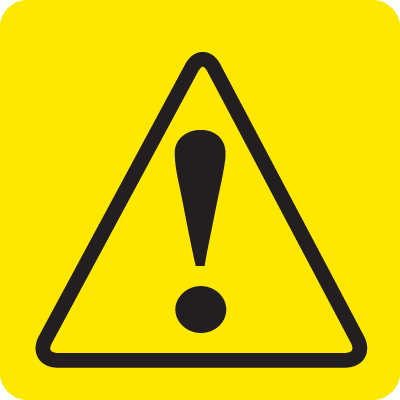 Danger Danger
Failure to obey the instructions and safety rules in the appropriate Operator's Manual and Service Manual for your machine will result in death or serious injury. Many of the hazards identified in the operator’s manual are also safety hazards when maintenance and repair procedures are performed.
Do Not Perform Maintenance Unless:
- You are trained and qualified to perform maintenance on this machine.
- You read, understand and obey:
- manufacturer’s instructions and safety rules
- employer’s safety rules and worksite regulations applicable governmental regulations
-
You have the appropriate tools, lifting equipment and a suitable workshop.
Troubleshooting Tire Damage

A common question heard in the JLG call center is, “When should a damaged tire be replaced?” The following is a guideline that will help you make that decision.
Pneumatic tires: If there are any cuts, rips or tears that expose sidewall or tread area cords in the tire, remove the tire from service immediately. Arrangements must be made for replacement of the tire or tire assembly.
Polyurethane foam filled tires: Remove the tire from service immediately and make arrangements for replacement of the tire or tire assembly when any of the following conditions are discovered:
- A smooth, even cut through the cord plies which exceeds 3 inches (7.5 cm) in total length
- Any tears or rips (ragged edges) in the cord plies which exceed 1 inch (2.5 cm) in any direction
- Any punctures which exceed 1 inch in diameter
- Any damage to the bead area cords of the tire
If a tire is damaged but is within the above noted criteria, the tire must be inspected on a daily basis to ensure the damage has not propagated beyond the allowable criteria.
|


 Danger
Danger
